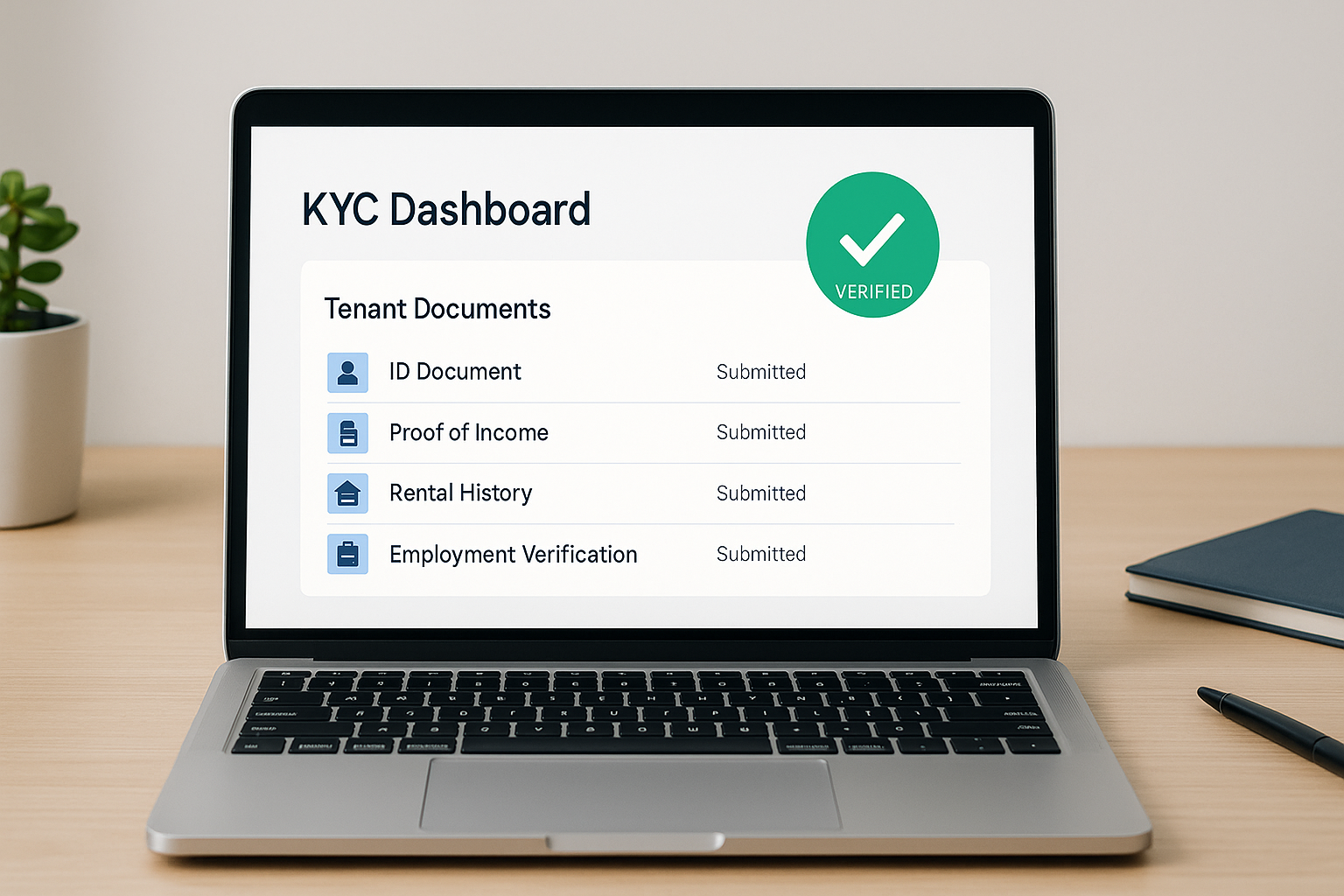.png)
AI Agents for Enterprise Knowledge Extraction

AI agents are autonomous systems that can operate with minimal human oversight; agents can interpret inputs (from text, speed, APIs, etc.) and act on their own. For example, if two people needed to set a meeting, an AI agent might be enlisted to compare available times via email or calendar, extract this information, and send an invite with an appropriate date. It might automate invoicing at the end of the month, or handle raw material sourcing when the exchange rate reaches a given low.
At its core, AI agents are automated tools that can take instruction. Instead of just offering suggestions or assistance to the human user, agents are also capable of taking on tasks. Sprawling, company-wide collections of data, pdfs, written notes, and scanned documents can be a thing of the past – AI agents help ensure that key information contained in this paperwork can be used.
How Can Enterprises Use AI Agents?
Leases, claims files, inspection reports, compliance records, and identity documents can all create paperwork that piles up. Storing, using, and securing these documents involves a lot of repetitive tasks, like retrieving dates or summarizing data. This is where AI agents can step in.
For example, imagine a large insurance company uses an AI agent for claims. The agent is instructed to extract key fields from claims forms, policy documents, repair estimates, and medical records. It pre-fills a form with this information or adds it to an indexed report. Now information that used to be available only in individual documents is available – in whole or summarized – as part of a customized document tailored to each user.
In this scenario, the AI agent doesn’t need to replace or even augment the human user. The original documents can still be indexed, stored, and reviewed by a human. Only now the hard part (sorting and retrieving data from these documents) has already been taken care of.
AI Agents: The Hand and the Fingers
Like the “hand and fingers” analogy (Asimov’s hand), multiple AI agents can be used and tasked with producing these documents. One “finger” might be a model skilled at reading financial data. Another “finger” might be used to classify documents by type, and another might structure all of these documents into an index. Together, the “fingers” can be chained together to form a “hand” that works better than each digit ever could.
Imagine a lending business with reams of KYC documents. AI agents can be used to pull identifiers (like name, age, or birth date) across a wide range of data (like birth certificates, bank statements, or utility bills). Another AI agent can be used to compare this data and flag anomalies, and a third AI agent could be used to summarize and reference anomalies in a report.
While the direct, customer facing applications of these AI agents have seen some debate (Amazon ‘s “Buy for Me” feature has an AI agent essentially impersonate you while it shops on your behalf) the enterprise use case still remains convincing. AI agents can get to work on some of the most time consuming enterprise tasks, without sacrificing the human expert’s role – a direct, targeted AI intervention designed to work where it is most practical to do so.
Unstructured data can easily be indexed, sorted, filtered, and analyzed by Discrepancy AI
Start for Free








.png)


.png)

.png)

.png)

.png)
.png)


.png)

.png)
.png)
.png)
.png)





